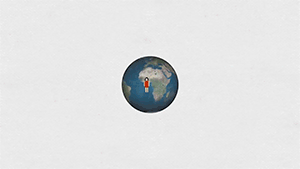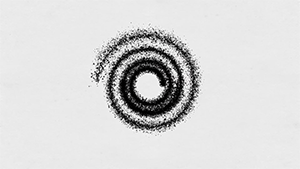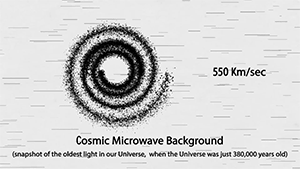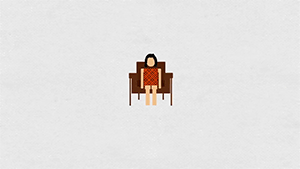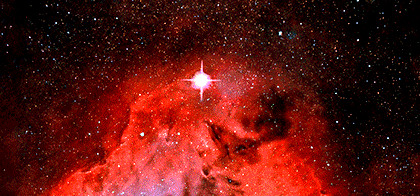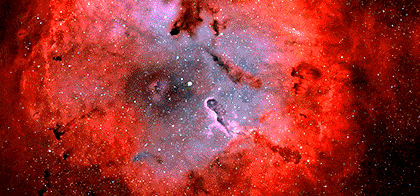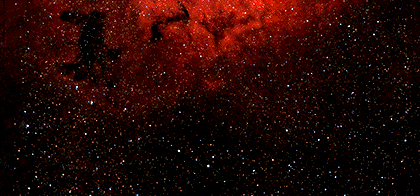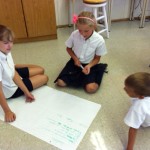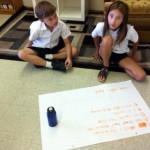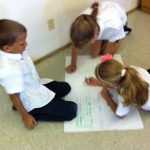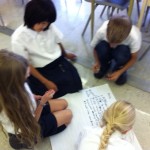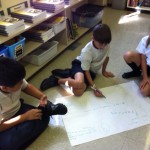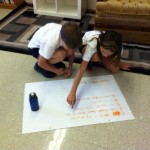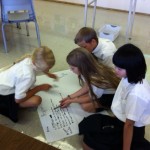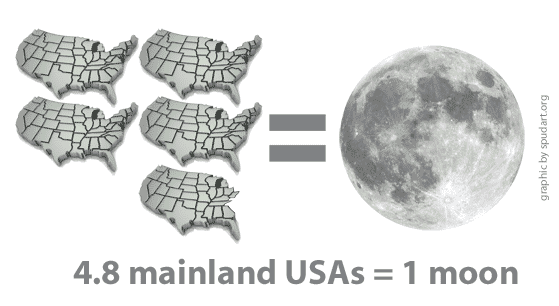Most Perfect Space Name Ever: The Elephant’s Trunk Nebula
IC 1396: The Elephant’s Trunk Nebula
An ionized gas region located in the constellation Cepheus about 2,400 light years away from Earth; it is commonly called the Elephant’s Trunk nebula because of its appearance at visible light wavelengths, where there is a dark patch with a bright, sinuous rim.
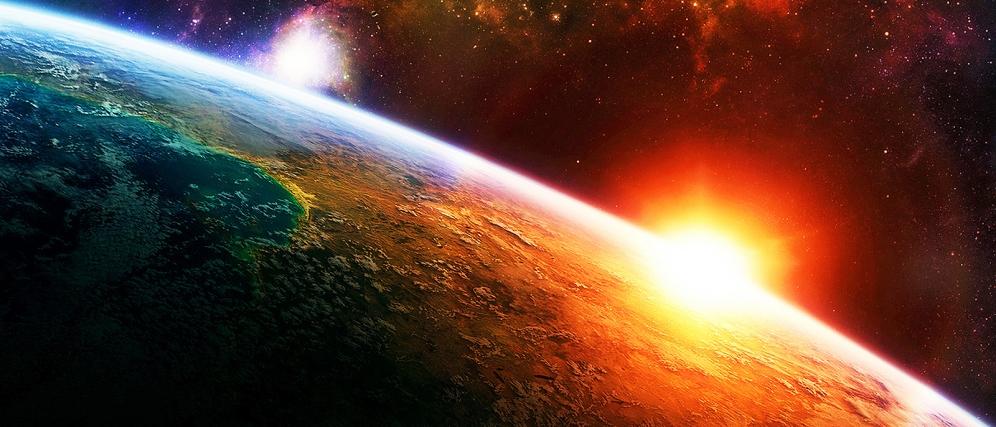
My Experiment with Thinglink
I found this cool site the other day called Thinglink which allows you to take a picture and add buttons on it. Thought I would try it out on this awesome picture I found about our universe. To find the hidden stuff, drag your mouse over the picture and you will see different dots show us. Click on the dots to see the videos or answer the questions.
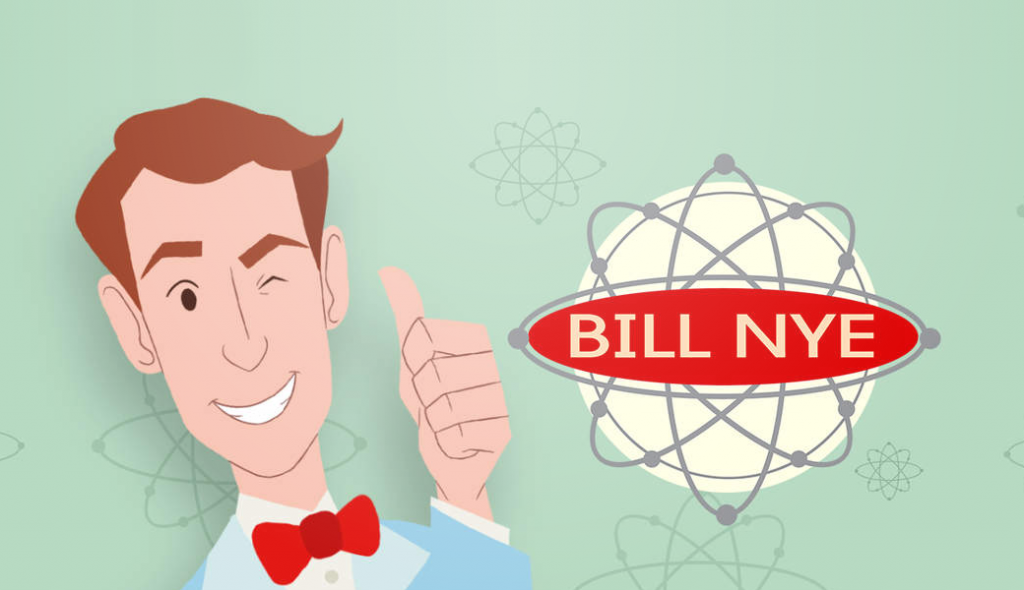
NASA’s Mission to Jupiter with Bill Nye
I love space and I love Bill Nye (If my Grandma heard me say that she would have gotten very upset and said, “Noooo! You like space and you only like Bill Nye. You LOVE your grandma!)
So, when I saw this new compilation of Bill Nye videos on NASA’s mission to Jupiter, I put on the popcorn, the fuzzy rabbit slippers and settled down to enjoy! By the way…classic line in one of the videos…”If you are anything like me, and I know I am…”
Here they are! (If you need fuzzy bunny slippers let me know!):
What Do You Mean, Pluto Isn’t A Planet?
For the last couple of days, we have been scientists questioning, observing, and analyzing. It’s been a lot of fun and the students have had a great time doing some fun experiments including testing the flight of paper airplanes. Yesterday, we continued as scientists as we studied a mysterious substance found in my backyard, called Oobleck. This mysterious green substance has some very unique properties which we took some time exploring as you no doubt discovered when they came home covered in dust! It does wash out, I promise. We started by talking about what properties are and how we can observe the properties of objects. Then I showed them the Oobleck! Kids had a great time mucking around. In doing this, the students discovered that Oobleck was not quite what it initially appeared to be! After a few minutes, students took some time to write down 5 unique properties of this Oobleck.
Yesterday, we set up a scientific convention. Scientists all over the world get together in conventions to discuss and debate important scientific discoveries and questions to come to a consensus on various issues. Scientists use these conventions to come to an agreed upon truth about various scientific issues and thus are very important in the advance of science. The example I gave to the students was the scientific convention where scientists came to an agreement that Pluto was to be demoted to the category of dwarf planet and was not to be in the same category as our other planets. There was a huge debate and lots of arguing but at the end of the day, scientists had come together and agreed to change Science.
So we had our own little convention today to come up with some truths about this mysterious substance. It was a great time arguing and voting. The kids came up with some great points. Here are some pictures from the convention:
We’re going to be doing some neat things in the next couple of days in Science so keep an eye out here for more news! In the meantime, here is a nice video by one of my favorite scientists, Bill Nye, talking about why Pluto isn’t a planet.
Also, I found this great article with pictures showing what we would see in our night sky if the other planets in the Solar System were as close as our Moon is to Earth. The first one is Mars:

Our moon is a pretty big object. It’s big enough to be a respectable planet in its own right, if it were orbiting the sun instead of the Earth. (Actually, it is orbiting the sun in a nearly perfectly circular orbit, that the Earth only slightly perturbs… but that’s a topic for another day.) The Moon is a quarter the diameter of the Earth. Only Pluto has a satellite that is larger, in proportion to the size of the planet it orbits.
But what if the Moon were size of Mars, instead? It would like the picture above. Check out how some of the other planets of the Solar System would look in our sky, if they took the Moon’s place.

At a distance of about 240,000 miles, the Moon occupies a space in the night sky about half a degree wide. By sheer coincidence, this is almost exactly the same size the sun appears, which is why we occasionally get total solar eclipses. (We don’t get a total eclipse every time the Moon passes in front of the sun because the Moon is sometimes a little closer to the Earth and sometimes a little further away, so it will cover more or less of the sun during any eclipse.)
But it’s interesting to imagine what the night sky might look like if one of the Solar System’s planets were to replace our moon. (We’d have to ignore things like tides and gravitation, but that’s the advantage of doing things in the mind’s eye.) So what would we see if we were to replace the moon with Mars? The red planet is almost exactly twice the size of the Moon, so it would appear twice as big in the Earth’s sky. It would be easy to see with the naked eye details on the surface of the planet that were previously visible only through telescopes. You could watch the ice caps grow and shrink during the changing seasons, see dust storms form and move across the planet and make out features like Vallis Marineris and Olympus Mons.

Venus is three and a half times larger than the Moon. It would be nearly as large in our sky as the Earth appeared to the Apollo astronauts, when they were walking on the surface of the Moon. There wouldn’t be too much to see, other than vague swirling patterns in the dense, ivory-colored cloud cover. (We’re pretending, of course, that Venus would still have the same atmospheric conditions if it were in essentially the same orbit as the Earth.) It would be an amazingly bright object, however — much brighter than our moon. Not only does Venus reflect six times more light than the Moon, it covers an area 40 times larger… so the night skies would seem as bright as daylight.

Neptune is more than fourteen times larger than the Moon — and now we’re talking about something that would look really impressive. It would loom like an enormous blue balloon in the night sky. And dominate the daytime sky, as well. All other things being equal, an eclipse of the sun would seem to last forever. Once the sun disappeared behind the edge of the “moon” earth would be plunged into darkness for over an hour and half.

Uranus, which is nearly the same size as Neptune, would provide a very similar view.

Saturn would be an astonishing sight. Almost 35 times larger than the Moon, this golden globe would cover nearly 18 degrees of the sky. We’d be a little further away from Saturn than its satellite Dione. In fact, we’d be more likely to be a satellite of Saturn ourselves than the other way around. The rings would stretch nearly from horizon to horizon.

Jupiter would trump them all. Forty times larger than the Moon, Jupiter would stretch 20 degrees across the sky. It would also look a little different from the telescopic and spacecraft photos we’re used to seeing. This close, we’d be looking “up” at the northern hemisphere and “down” at the southern hemisphere, so the cloud bands would be distinctly curved in perspective. In fact, we’d not be able to see the north and south poles of the planet.
To visualize Jupiter taking the place of our Moon, we really have to use our imaginations. Since we’d be about the same distance from Jupiter as its satellite Io, the earth would be subject to the same tidal stresses caused by Jupiter’s immense gravitation. We might have a much more volcanic-looking landscape around us. There might also be little evidence for life since we’d also be in the midst of Jupiter’s deadly radiation field. But as I said at the beginning, we have to make some allowances for imagination!
Venus Transit June 5th
In a rare event, Venus will be passing in front of the Sun in what is called a transit, on June 5th. This will be an amazing event as it hasn’t happened since 2004 and will not be seen again until 2117. We’re going to try and view it live via the smartboard when it happens but here is a preview of the event.
More Moon Phases!
We have had lots of fun with moon phases but now it is time to show what we have learned about the moon and it’s phases.
On Tuesday, we will be having a little quiz about the moon and it’s phases. I have embedded the page below that we will be using for the quiz. While it is a long document, we will only be using the last page for the quiz. Students can use this to help them get ready for the quiz.
I also learned a very cool trick for figuring out whether a moon is waning or waxing. Draw a line on the moon in your head from top to bottom between the light part and the dark part. If the line and the lighted part make the shape of a “b”, then the moon is waxing. If the line and the lighted part make the shape of a “d”, the moon is waning.
For homework this month, students will be required to track the moon phases. Students should do this each night. There are lots of resources available to help with this, even if the night is cloudy. However, having a chance to go out and look at the sky at night is a great opportunity to learn about all the things in the night sky. If you have an ipad or ipod touch, there is a very nice app called, “Skyview”, that will tell you more about all the objects in the night sky above your head. It is a really cool app.
Each child has a received a copy of the calendar. I have also embedded one below in case of mishap. Please ensure that the calendar is done neatly. The calendars are for marks. I am looking for accuracy, neatness and detail. I don’t mind some creative license in creating a nicely designed moon with craters etc. I do not want a messy picture, however.
Music of the Week
It isn’t often that I get to speak about the music of the week but the music we are listening to this week is from my favorite collection. For music of the week, I usually pick a genre, composer or style of music to play throughout the week, usually at lunch time. I try to make sure there is a mix of classical, jazz, musicals and others that I think the students would enjoy. I typically introduce them to the music on Monday, tell them a little bit about it and show a couple of videos of the music if there are any. I think it is really nice to be able to expose students to a wide variety of music beyond what they might typically hear on the radio. There is so much out there that is beautiful and amazing.
This week, we are listening to the musical version of The Lord of the Rings. It was created and performed first in Toronto before moving on to London and, as you can imagine, is a pretty major effort to get onto the stage. Three massive books in 3 and a half hours is not easy. But the music is, oh so beautiful and I thought I would share a couple of my favorite videos of the music with you.
The last video is a neat video of the Eagle Nebula
The Moon’s Phases Part II
Did you know the word “Month” comes from the word Moon?
So we talked more about the Moon’s phases today. We had a lot of fun moving the desks out of the week and setting up our “Sun” lamp in the middle of the room. Using some styrofoam balls and popsicle sticks, we made “Moon’s On A Stick” to simulate the movement of the moon around the Earth. Our heads being the Earth, we were able to get a good idea as to how the Moon gets it’s phases. Here is one of the videos we watched to show the phases.
You can also see a great page on the Moon’s phases that you can play with by clicking HERE.
Here are some other ways to visualize the size and distance of the Moon.
The Moon and our Earth
Yesterday we were talking about the moon and how it does some pretty amazing things that even have an effect on our Earth!
First of all, we learned that the Moon and Earth both spin but that the Moon spins much more slowly than the Earth. The second thing we learned was that we only see one side of the Moon because the Moon spins so slowly. We also learned that the Moon’s orbit is slightly different than ours so the Moon is not always hidden by the Earth.
Finally, we learned that the tides on Earth happen because of the Moon’s gravity. I was telling the class about the tides and how, as a boy, when I was growing up in Nova Scotia, there was a little village nearby called Hall’s Harbour. At Hall’s Harbour, you could see the amazing tides as they came in and out. At the beginning of the day, the boats would be lying on the mud. Not too long later, the boats would be floating high up at the top of the dock. You have to see it to believe it! In fact, I have a video of that exact thing! Watch and be amazed!

